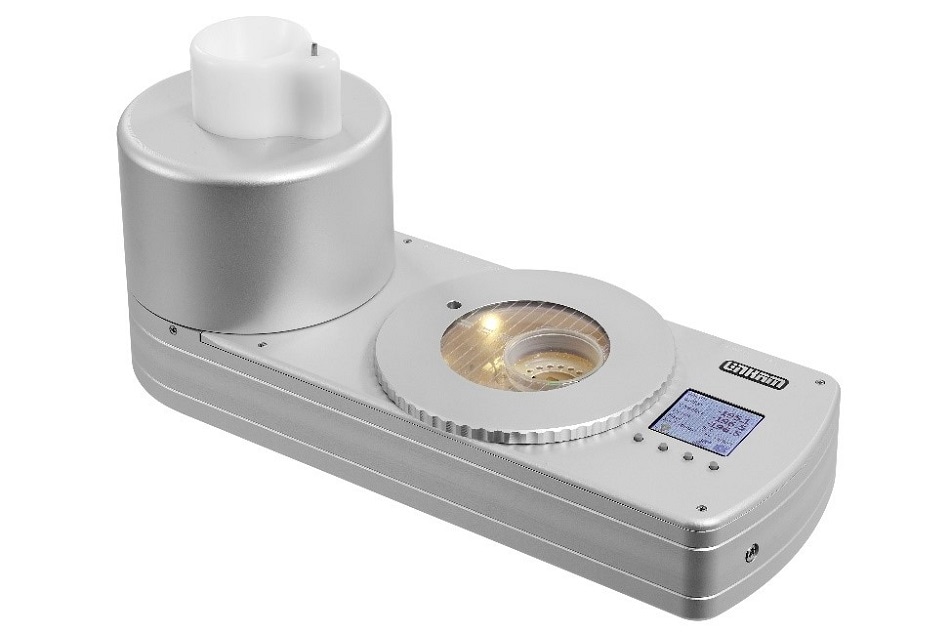
Electron microscopy (EM) is a technique used in biomedical research to investigate the detailed structure of tissues, cells, organelles and macromolecular complexes. However, EM gives only restricted insight into biological and chemical processes due to its limitations in staining and sample preparation processes. Fluorescence microscopy, on the other hand, is a very sensitive method which is used to detect biological, chemical and genetic processes and events inside living cells.
Cryo-CLEM (Correlative cryo super-resolution light and electron microscopy) brings it all together, combining the individual advantages from both fluorescence microscopy and EM by imaging the same sample location with both techniques and superimposing the complementing information. Over the last decades, this Cryo-CLEM has emerged as the gold standard for biomolecular imaging, with a team of researchers from Geneva, Cambridge and New York winning the 2017 Nobel Prize in Chemistry “for developing cryo-electron microscopy for the high-resolution structure determination of biomolecules in solution”.
With more than 80 systems proven in the field worldwide, Linkam is the market leader in Cryo-CLEM. The Linkam CMS196V3 is a cryo-CLEM instrument designed to facilitate the full workflow of CLEM. As well as maintaining the sample, it provides proven capabilities of safe handling of the sample, making it a simple and reliable process for transferring and imaging cryo samples with an optical microscope, while keeping them free of contamination at all times. With a short-start up time and an optional autofill system providing up to 6 hours of continuous, uninterrupted use, the CMS196V3 is time-efficient and increases workflow productivity. Furthermore, it enables co-ordinate mapping, required to locate the same sample in the fluorescence or Electron microscope.
Cryo-imaging techniques can be used across a wide range of applications, such as enabling researchers to qualitatively assess the effectiveness of new compounds or biomolecules, and the CMS196V3 has been used by researchers from universities and research hospitals around the world to prepare and characterise many different sample types. In a recent example, a research group in Barcelona conducted trials on the effectiveness of two novel methods to reduce the toxicity of Cisplatin, a common and widely used medication that has successfully increased the cure rate of a range of cancers. They used cutting-edge imaging techniques such as fluorescence microscopy, TEM and cryo-soft X-ray tomography (cryo-SXT), to make these observations.
This research has contributed towards improvement of chemotherapy medications, made possible in part by the ability to accurately image vitrified cellular samples through cryogenic techniques, such as cryo-fluorescence microscopy using the Linkam CMS196V3 stage and cryo-SXT.
The CMS196V3 has also been used as part of a super-resolution (SR) set up. Super-resolution cryo-CLEM was used by researchers at Leiden University Medical Center (LUMC) on intact mammalian cells, achieving a localisation precision of 27 nm. This was sufficient enough to visualise two microtubule bundles split by intracellular vesicles in the periphery of cells. This is considered to be the first time cryoSR imaging has been performed within intact mammalian cells.
For more information about the CMS196V3, head to: www.linkam.co.uk/cms196